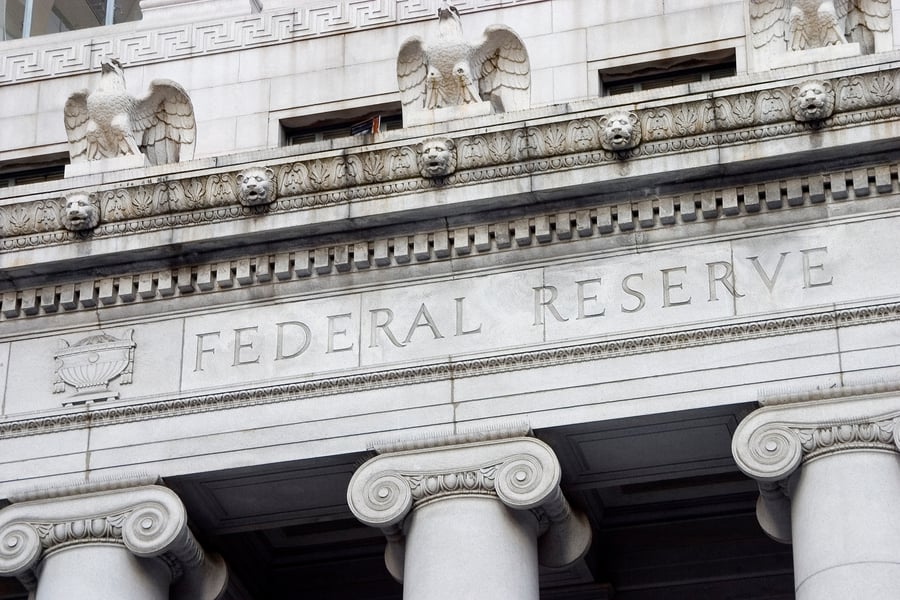In 2024, corporate bankruptcies in the U.S. surged to their highest levels since the Great Recession, surpassing even the COVID-era peak. This troubling trend unfolded during a period of apparent economic stability, signaling deeper structural vulnerabilities in the business environment. As we move forward, these factors will continue to shape bankruptcy trends, particularly for highly leveraged companies and industries facing structural headwinds. The December 2024 surge that brought us to 694 corporate bankruptcy filings in 2024 is particularly telling. This not only exceeded the COVID-era peak of 638 in 2020 but also marked the highest annual total since the aftermath of the Great Recession in 2010.
Filing for bankruptcy is a last resort that no business ever wants to reach.
But the reality is that bankruptcy is something many companies consider or deal with. And in 2024, we saw corporate bankruptcies reach a 14-year high – the most since the Great Recession. Even former mainstays like Express and BuyBuy Baby weren’t immune. With 694 corporate bankruptcy filings in 2024, it’s clear that businesses were rocked with more obstacles than many of them could overcome last year.
As we look ahead in 2025, businesses will need to learn from the mistakes of last year to stay resilient. So, what’s the outlook for businesses this year?
Check if a customer or supplier could be close to bankruptcy
Enter a company name to view a free business credit report
Corporate bankruptcies surpassed pandemic-era peaks

Outlook for corporate bankruptcies in 2025
The record-high bankruptcy filings in 2024, despite a relatively stable economic environment, suggest systemic vulnerabilities in the business landscape. For 2025, we can expect elevated bankruptcy trends to persist, especially if underlying structural challenges, such as debt overhangs and sector-specific weaknesses, are not addressed. Key industries like retail, real estate, and small-to-mid-sized enterprises, which are typically more sensitive to economic shifts, could be disproportionately affected. A prolonged period of slow economic growth or stagnant productivity would exacerbate these pressures, particularly in sectors heavily reliant on discretionary consumer spending or exposed to supply chain volatility.
Businesses are racking up a lot more debt
When we look at the underlying factors, the numbers paint a stark picture: credit-rated nonfinancial U.S. companies reached a staggering $8.453 trillion in total debt by Q3 2024, a quarterly record. This massive debt burden, combined with persistently high interest rates and weak interest coverage ratios, created significant financial strain across multiple sectors.

Our research study, Perils of Rising Debt and DSO, found that companies chose to put their focus on revenue growth over debt in 2024. For instance, 52% of the respondents said growing revenue and adding new customers were the two most important elements to growing their businesses. On the other hand, only 5% believed that reducing debt was the most important. On paper, that might not seem like a huge issue. But when you consider that 74% of respondents shared that their operating expenses had increased in the last 12 months and another 58% said long-term debt had increased, it paints a worrying picture.
Outlook for corporate debt in 2025
The unprecedented level of corporate debt in 2024 leaves little room for error for businesses with weak financial fundamentals. In 2025, companies with low interest coverage ratios and high refinancing needs are likely to face acute risks, especially as debt becomes harder to service even with marginal rate relief. This could lead to a wave of restructurings, debt defaults and bankruptcies, particularly in sectors like energy, manufacturing and technology, which have been heavy borrowers in past years. Businesses with flexible financial models or the ability to pivot operations quickly will fare better, but those locked into high fixed costs or legacy debt structures will remain vulnerable.

Federal reserve's rate cuts
While the Federal Reserve's decision to begin lowering rates from their 20-year high in September 2024 provided some breathing room, we're watching 2025 carefully. The anticipated slower pace of monetary easing could mean continued pressure on heavily leveraged businesses, particularly those that refinanced during the low-rate environment of previous years. Companies will need to be especially strategic in managing their debt loads and operational costs in the coming months.
Outlook for federal reserve rates in 2025
The Federal Reserve's modest rate reductions in late 2024 offer a double-edged sword for businesses in 2025. While lower rates provide some relief for refinancing and debt servicing, the slow pace of monetary easing suggests that financial conditions will remain tight for much of the year. Heavily leveraged companies, particularly those that took on debt during the low-rate years, may struggle to adjust to a higher long-term interest rate environment. This could lead to a steady uptick in bankruptcy filings throughout 2025, particularly in capital-intensive industries like construction, real estate, and utilities. However, companies that adopt proactive cost-cutting measures and focus on liquidity management may mitigate these risks and position themselves for recovery.

What's next
Corporate bankruptcy filings are expected to remain elevated in 2025, potentially exceeding 2024 levels in certain months as the effects of high debt, tight financial conditions and uneven economic recovery ripple through the business landscape. Strategic debt management and operational agility will be critical for companies aiming to avoid insolvency in this challenging environment.

About the Author
Steve Carpenter, COO for North America, Creditsafe
Steve Carpenter oversees business operations, sales, P&L, product and data. With an impressive 16-year tenure at Creditsafe, Steve has played an integral role in the company's international expansion efforts, spearheading global data acquisition and fostering global partnerships.